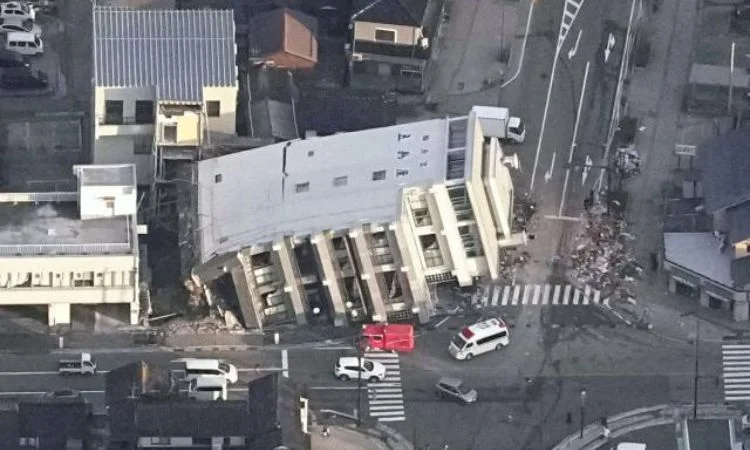A powerful earthquake that struck Japan’s coast on New Year’s Day has left extensive damage and casualties likely to increase in coming days, according to officials assessing the destruction. The 7.6 magnitude quake hit on Monday afternoon near the Noto Peninsula in central Ishikawa Prefecture, triggering tsunami warnings along the country’s coastline still recovering from the devastating 2011 Tōhoku earthquake and tsunami.

While initial tsunami warnings were lifted on Tuesday morning, the human toll has continued rising as rescue crews work to navigate collapsed structures and connect with isolated communities in the hardest hit areas. As of Wednesday, over 20 deaths have been confirmed by local authorities though Prime Minister Fumio Kishida cautioned in statements to reporters that this number was expected to grow. Some of the highest casualties have been reported in the town of Wajima, located near the quake’s epicenter where emergency responders are still battling fires and working to pull trapped individuals from collapsed buildings.
Overnight assessments by disaster management agencies and coast guard personnel surveying damage from the air show a wide swath of the Noto peninsula suffered significant infrastructure destruction. Rows of homes lie in rubble at the port in Wajima after a massive blaze ignited in the darkness without power and water. Landslides closed sections of roadlines and a major seven-story structure crumbled at the dock, complicating rescue efforts. Nearly 100,000 residents across nine coastal prefectures were evacuated from their homes, many still living in emergency shelters unsure when they’ll be able to return.
While aftershocks continue rumbling across the region, meteorologists are cautiously optimistic the immediate tsunami threat has now passed. However, the home heating season means gas and electricity remain in short supply for thousands still without power. Ishikawa Prefecture has been hit the hardest, with blackouts affecting over 30,000 households as of Wednesday morning. Residents have described the earthquake’s shaking as unlike anything experienced before, violently swaying tall furniture and causing cracks up exterior walls of homes. Recovery is expected to be a long process.
The natural disaster has also disrupted planned new year events and ceremonies. Emperor Naruhito and Empress Masako canceled their annual appearance in response to the ongoing emergency response. International allies have offered support and condolences, with leaders from the United States, France, Italy and United Kingdom monitoring the fallout. As rescuers continue searching mountainous terrain and coastline communities, officials warn the full accounting of January’s earthquake devastation in Japan has yet to be determined. The recovery ahead will require extensive coordination to restore basic services and rebuild what was lost in mere moments on New Year’s Day.














